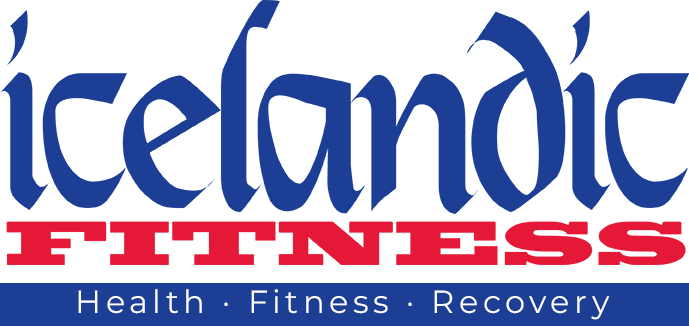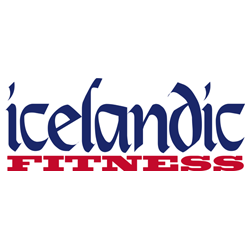Getting Ready for the 2021 Ski and Board Season
The leaves are starting to change color and there’s already been a dusting of snow on Colorado’s highest peaks. That means ski and snowboard season is just a few weeks away.
Unlike other sports, it’s hard to practice the elements of skiing or snowboarding unless you’re actually on the run at the resort. And, since snow sports can be a bit expensive, most of us only ski or board a few times a year. So, conditioning for it can be problematic.
But, you need to get ready to avoid injury and the misery of sore muscles and possibly a few bumps and bruises. If you’re not currently working out, it’s not too late to get started so you can enjoy ski season this year. If you are regularly working out, all you need to do is to add a few tweaks to your program.
One of the biggest things is simply endurance. Cardio endurance. If you’re not doing cardio now, just think about how you might be feeling after skiing or boarding all day with that expensive lift ticket. Sure, the lift gets you to the top. But, you have to get to the bottom. Without cardio conditioning, your legs are going to feel like Jell-O, you’ll be tired and those two added together equal an increased risk of accidents.
To get your heart and body ready for all day skiing or boarding, your cardio program should include at least three to five days a week of running, the Stairmaster or the elliptical trainer. Workout from 20 to 45 minutes, and one day a week, do it for a complete hour.
One of the great things about skiing and boarding is that they use quite a few muscle groups- they’re pretty much full body exercise. However, some muscles are used more than others. Those are the ones you want to concentrate on in your workouts.
Quadriceps. They’re probably the most used muscle. Quads help hold you in position as you glide down the slope. Simple squats and lunges, with or without weights, are probably the best quad exercises.
Hamstrings and Glutes. When going downhill, you hold your body (lower body) in a flexed position, with knees bent. Hamstrings and Glutes help stabilize you. Work these muscles with dead lifts, step-ups and hamstring curls.
Inner and Outer Thighs. If you ski, your inner thighs have to work to keep your skis together. You use your outer thighs to stay stable and steer. Work these muscles with side lunges, inner thigh leg lifts, inner thigh squeezes, side step squats and leg lifts.
Calves. Because you’re keeping your knees bent, your calves have to work to keep you on your skis or board. Do standing calf raises or machine calf raises to strengthen these muscles.
Abs and Back. Because you're in a flexed position, your back and abs have to also work to keep you stable and keep your body in that position. Work these muscles with exercises like back extensions, dumbbell rows, and pain old sit-ups.
Arms. What happens when you get stuck in powder or you slow down a bit too much to make the turn to get back on the lift? If you’re a skier, that means you have to use your poles to get where you’re going. So, work your biceps and triceps along with the rest of your body.
Getting ready for ski and board season is not that hard. And, it pays huge dividends because you’re more able to enjoy the sport and you’re less likely to get injured. If you’re lucky enough to be able to hit the slopes this winter, you’ll have a much better and safer time if you’re prepared.
Jason Stone
Icelandic Fitness



